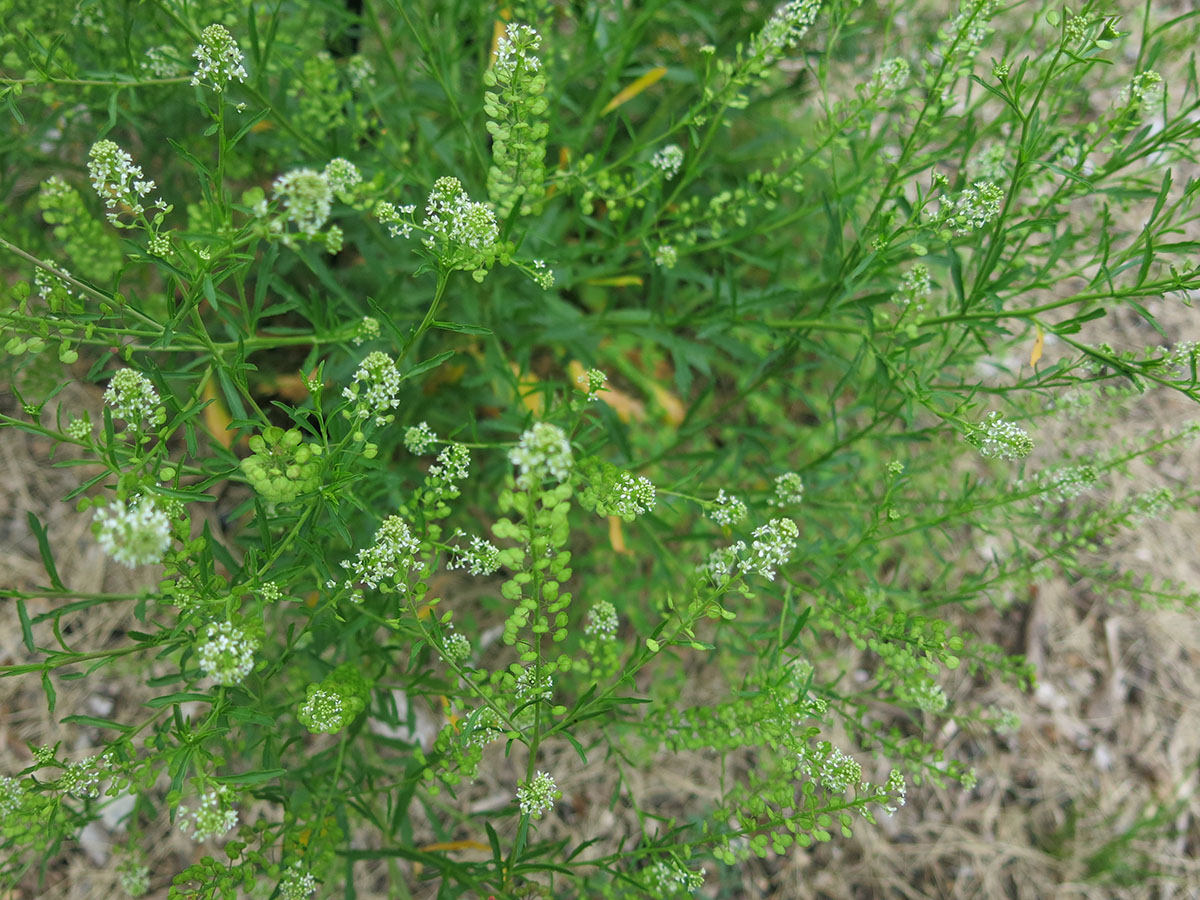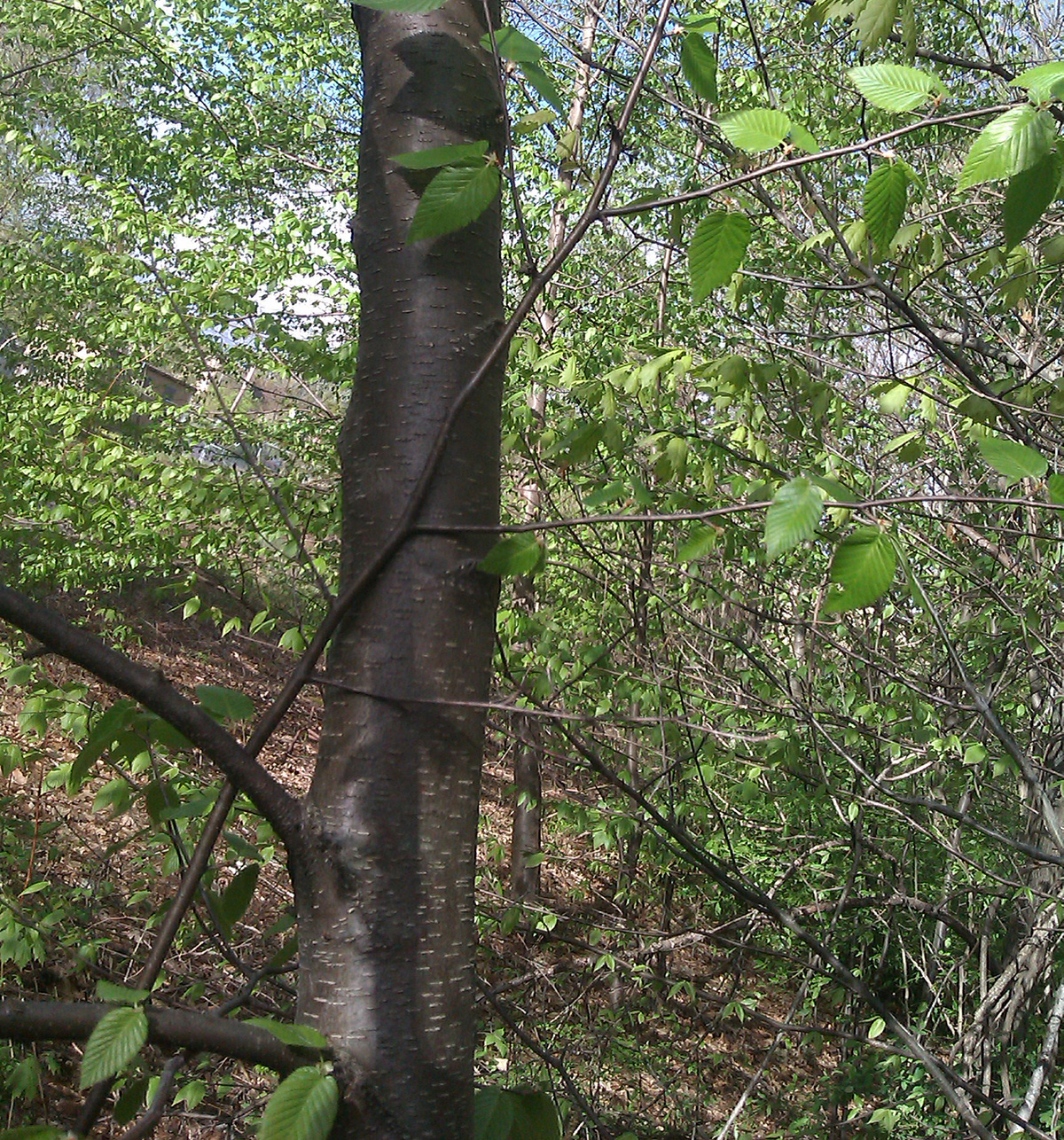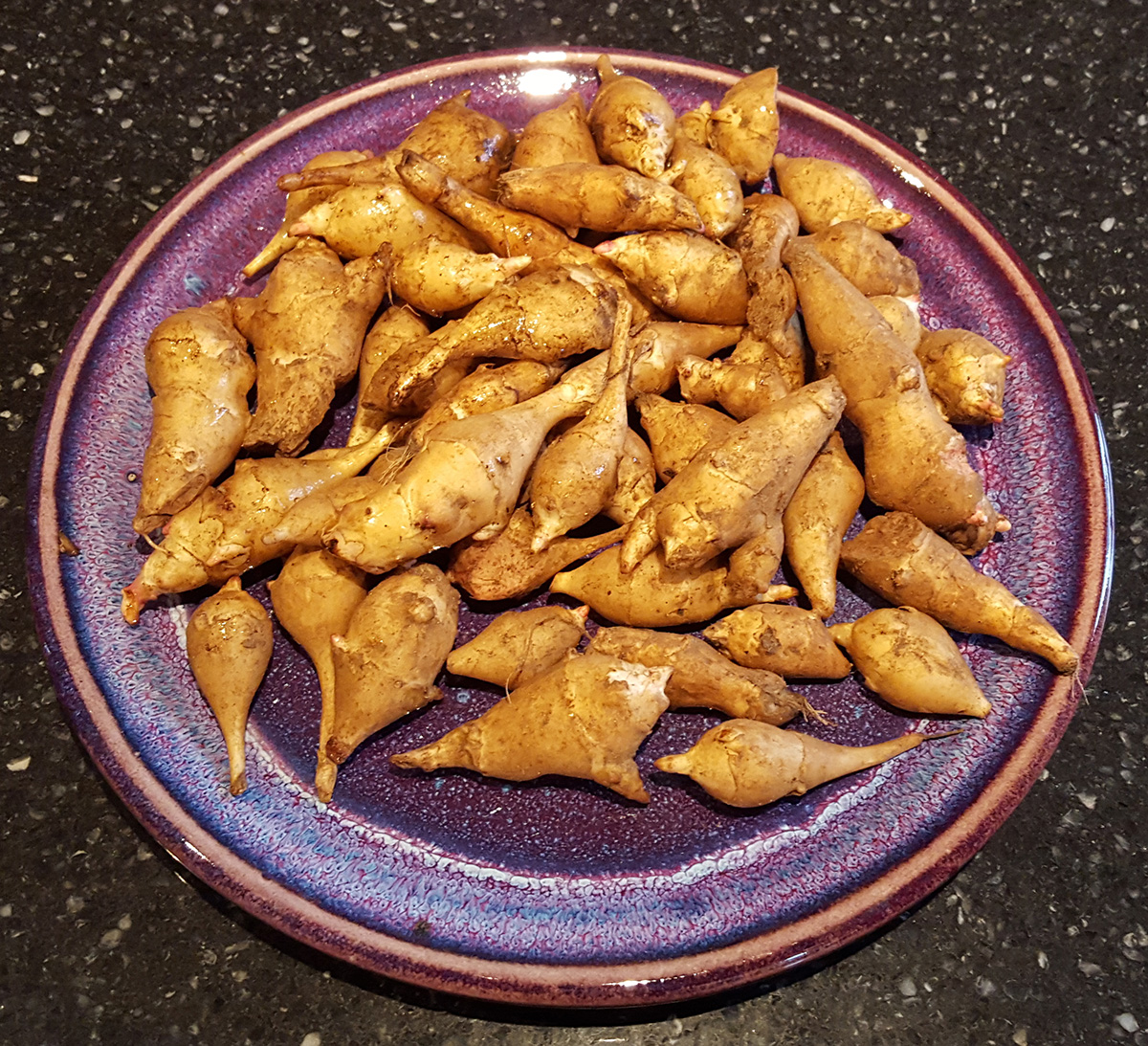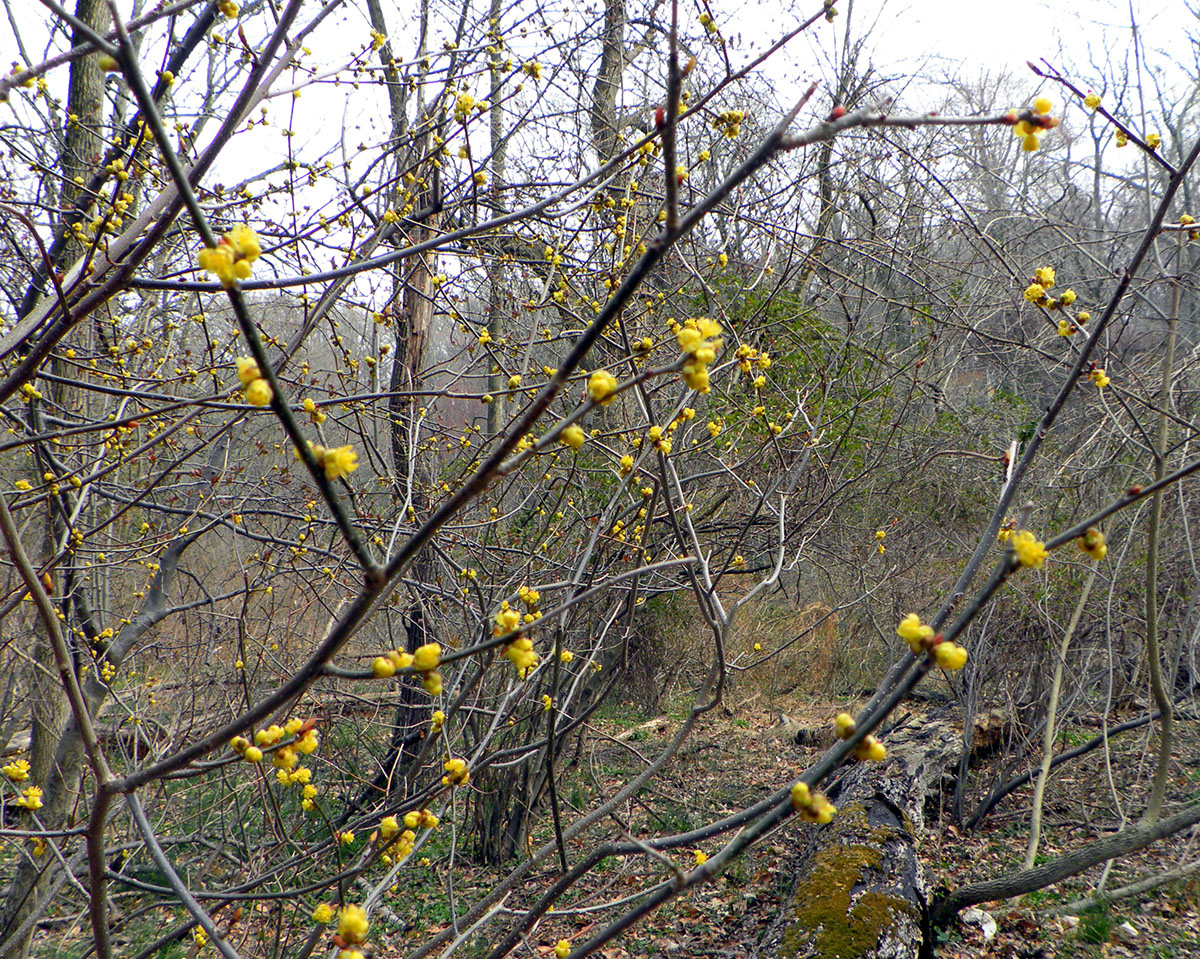A Guide to Winter Foraging in New England
As winter descends upon New England, most people see only a barren landscape. Russ Cohen is not among them.
Cohen is a forager, eating and enjoying foods few others know are edible. “I look at it as a form of communion,” he says. “Instead of wine and wafers, it’s nibbling on wild nuts and berries. If you worship nature, like I do, then taking it in in that way is a way to really connect with it.”
While foraging in New England is far more fruitful during the warm months—Cohen leads foraging walks and lessons from May through October—we asked him which edible species you can enjoy as the temperatures drop.

Peppergrass photo by NY State IPM Program via Flickr/Creative Commons
Peppergrass: Though it’s nearing the end of its growing season, Cohen says pepper grass’ edible seed pods taste like watercress and make a great addition to salads and cream cheese.

Black birch photo provided by Russ Cohen
Black birch: “Black birch twigs have the oil of wintergreen and smell like wintergreen gum or Lifesavers,” Cohen says. “You can gather those twigs year-round and make a tea from them, which has that nice strong wintergreen flavor.” He says black birches resemble black cherry trees, but the latter has bark that looks like “charcoal-colored potato chips.”

Jerusalem artichokes photo provided by Russ Cohen
Roots: Before the ground freezes, Cohen says, there are a number of edible roots to be found, including wild carrot roots, wild parsnip roots, hog peanut roots, Burdock roots, and Jerusalem artichokes. But once full-on winter cold hits, they’re largely inaccessible.

Sassafras photo by Ashley Groome via Flickr/Creative Commons
Sassafras: Cohen says sassafras pulls double duty: Its root bark can be brewed and made into a root beer-flavored tea, while its twigs have a pleasant lemon smell. “Look for diminutive trees in the woods, often growing quite close together,” he suggests. “The twigs will have a green color, so you scratch the twig and sniff it, and if you get that fruity, lemony smell you know that’s sassafras.”

Spice bush photo by amdougherty via Flickr/Creative Commons
Spice bush: You can make tea from spice bush’s twigs—which is exactly what the colonists did when they were boycotting British tea during the Revolutionary War, Cohen says. Tell-tale signs of the bush: spherical buds on the twigs, “shrubby” appearance, and standing near flowing water.
The take away? While winter foraging is more of a hobby than it is a way to find sustenance, Cohen says it’s a great way to get in tune with nature. “As a society, we’ve gotten a little complacent,” he says. “We’re used to being able to go to the store and buy anything we want, any day of the year we want, and that’s not how nature works.”


